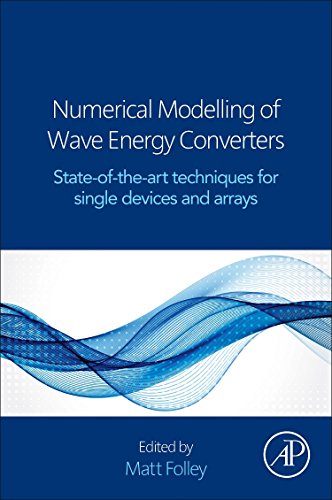

Most ebook files are in PDF format, so you can easily read them using various software such as Foxit Reader or directly on the Google Chrome browser.
Some ebook files are released by publishers in other formats such as .awz, .mobi, .epub, .fb2, etc. You may need to install specific software to read these formats on mobile/PC, such as Calibre.
Please read the tutorial at this link: https://ebookbell.com/faq
We offer FREE conversion to the popular formats you request; however, this may take some time. Therefore, right after payment, please email us, and we will try to provide the service as quickly as possible.
For some exceptional file formats or broken links (if any), please refrain from opening any disputes. Instead, email us first, and we will try to assist within a maximum of 6 hours.
EbookBell Team

4.1
100 reviewsNumerical Modelling of Wave Energy Converters: State-of-the Art Techniques for Single WEC and Converter Arrays presents all the information and techniques required for the numerical modelling of a wave energy converter together with a comparative review of the different available techniques. The authors provide clear details on the subject and guidance on its use for WEC design, covering topics such as boundary element methods, frequency domain models, spectral domain models, time domain models, non linear potential flow models, CFD models, semi analytical models, phase resolving wave propagation models, phase averaging wave propagation models, parametric design and control optimization, mean annual energy yield, hydrodynamic loads assessment, and environmental impact assessment.
Each chapter starts by defining the fundamental principles underlying the numerical modelling technique and finishes with a discussion of the technique’s limitations and a summary of the main points in the chapter. The contents of the chapters are not limited to a description of the mathematics, but also include details and discussion of the current available tools, examples available in the literature, and verification, validation, and computational requirements. In this way, the key points of each modelling technique can be identified without having to get deeply involved in the mathematical representation that is at the core of each chapter.
The book is separated into four parts. The first two parts deal with modelling single wave energy converters; the third part considers the modelling of arrays; and the final part looks at the application of the different modelling techniques to the four most common uses of numerical models. It is ideal for graduate engineers and scientists interested in numerical modelling of wave energy converters, and decision-makers who must review different modelling techniques and assess their suitability and output.